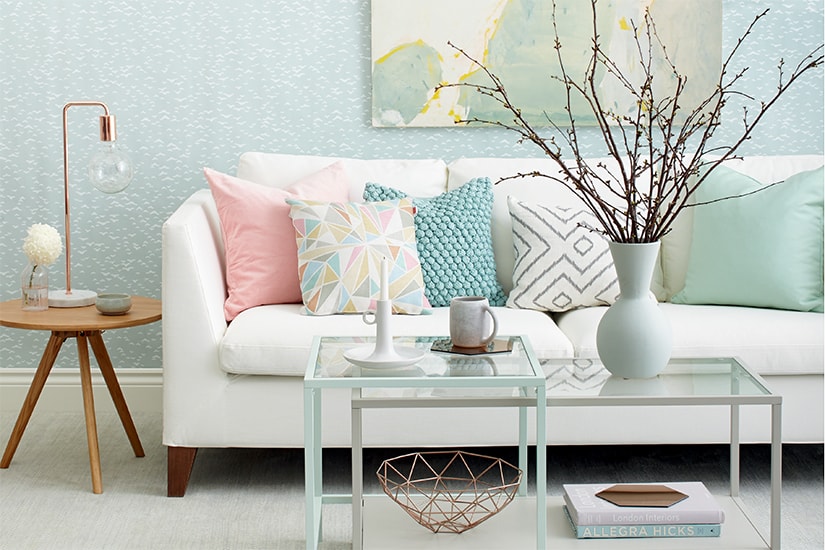Design Lesson
Styling secrets: Bookshelves

Design Lesson
Styling secrets: Bookshelves
A mix of hardcover, softcover, dust-jacketed and leather-bound books is visually interesting, more realistic and ultimately more revealing of your personality, so don't hesitate to combine them.
Choose objects that relate to one another in colour and/or shape to create unity. Here, the black sphere and gold lidded pot are similar shapes but different colours; black objects throughout link the various shelves.
Create symmetrical groupings within the overall composition; here, two taller objects frame a low, wide bowl.
Shelves filled with books from end to end look best at the bottom of the display, otherwise the arrangement will appear top-heavy.
Balance the display by adding decorative items among the books.
Open space between large objects works well on contemporary shelving. Group smaller objects to create impact but beware of the fine line between clustered and cluttered.
Stack books horizontally and vertically: it's practical and creates a more dynamic display. Rearrange horizontally stacked books occasionally to prevent damage from the weight of other books or objects resting on them.
Shelf smarts
Books don't have to be arranged from tallest to shortest. Try shelving them so that the tops of the spines form a pleasing, gradually curved line.
Create a pattern for the eye to follow from top to bottom by staggering the placement of objects on each shelf in a meandering, riverlike line.
Colour draws attention to a bookshelf display: for an informal setting, shelves painted a strong colour draw the eye; for a more formal setting, a contrasting colour behind neutral-colour shelves is striking (picture crisp white shelves against a rich red background).
Group items linked by theme. It's a great way to show off a collection.














Comments